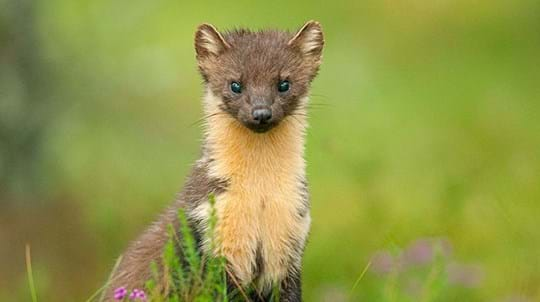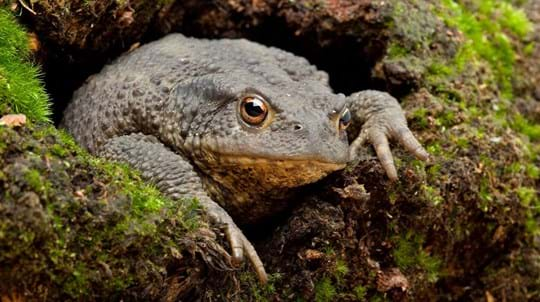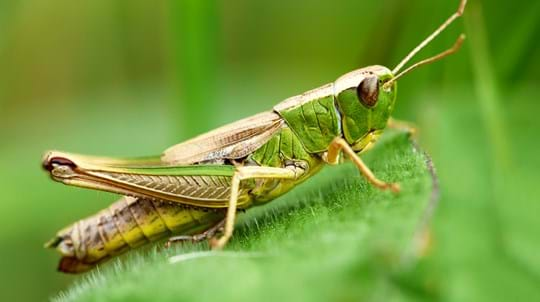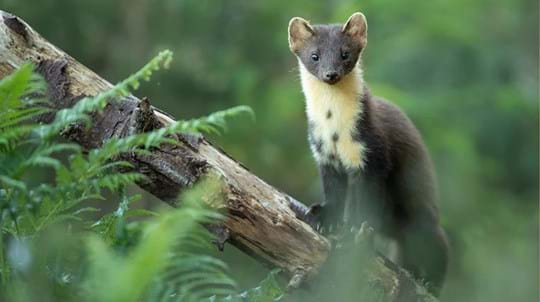
Credit: pronature / Alamy Stock Photo
Adder (Viper berus)
Adders are clearly distinguished by a dark zigzagging line down their back set against a grey (male) or light brown (female) body. They also have a ‘V’ or ‘X’ shaped marking on the head.
Adders are venomous, but adder bites are rare and seldom fatal. No other snake species in the UK is venomous, so it’s worth being able to recognise them! Adders are secretive and well camouflaged so it’s unlikely you’ll come across them often.
They live in open habitats where they can bask in the sun, such as heathland, moorland and open woodland.












